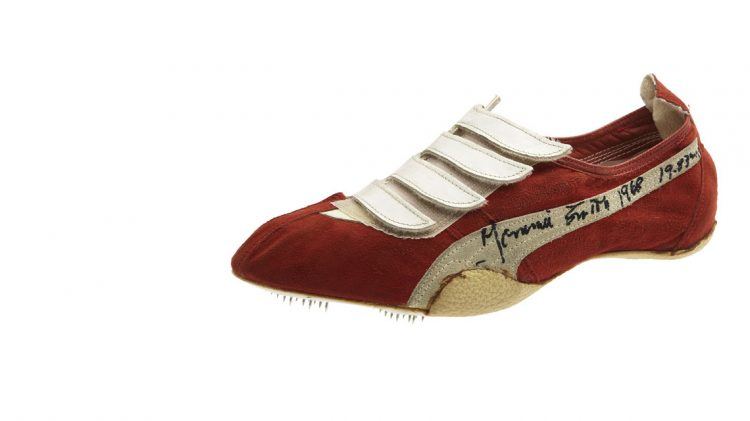Let’s bring the heat!
PUMA Gears Up with Aston Martin Aramco Formula One® Team
 PUMA Archive
PUMA Archive
Some athletes happily started to wear them and suddenly one world record after the other came in. With 19.92 seconds US athlete John Carlos was the fastest man over 200 metres at the US Olympic trials in the summer of 1968. His compatriot Vince Matthews clocked in 44,4 seconds over 400 metres two weeks prior to the US Olympic trials.
This was too much for Adidas. They heavily intervened and the IAAF banned the Brush Spikes before the Summer Olympics 1968 in Mexico City. The excuse was a lame one: The spikes would damage the tracks.
Rumour, however, has it that Adidas was frantically trying to copy those innovative PUMA spikes that propelled athletes to world best times. But they were not successful and in order to gain some time, Adidas wanted to have the shoes banned. Adi Dassler sent a representative to visit the IAAF in the Netherlands. The man is said to have paid a total of 75,000 DM to IAAF officials in order have the rules changed.
The world records of John Carlos and Vince Matthews were negated. And up to this date, running shoes must not have more than six spikes.